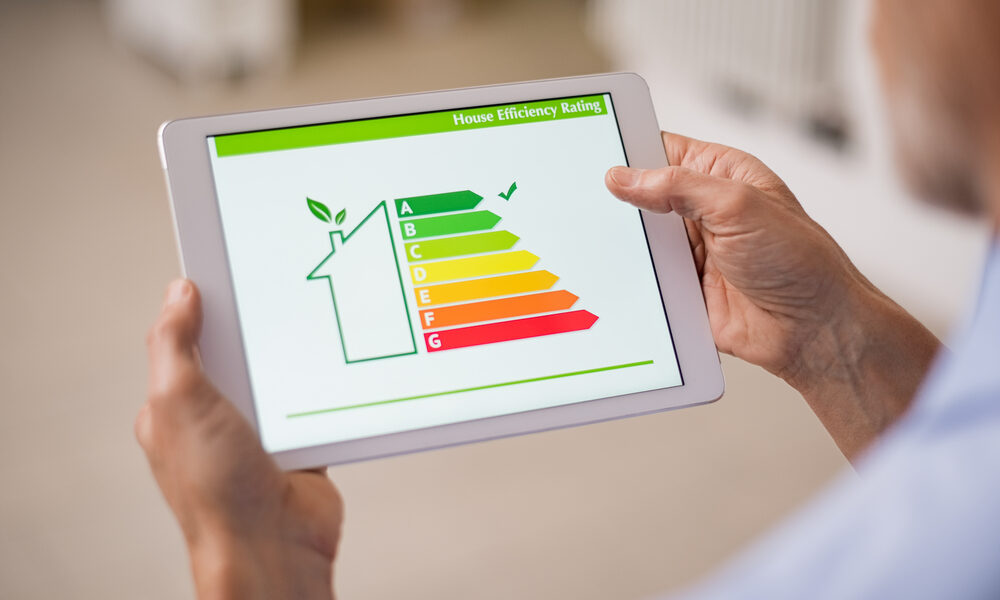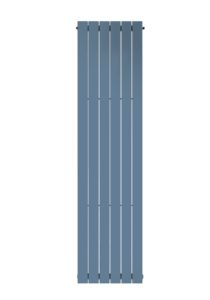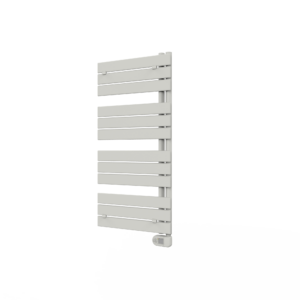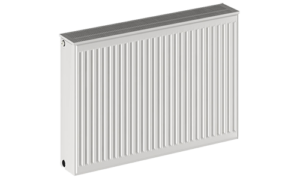As the world continues to prioritise energy efficiency and sustainability, homeowners and businesses are constantly seeking ways to reduce their energy consumption. One of the most significant ways to achieve this goal is by investing in energy-efficient heating systems, particularly radiators. Radiators have been a popular heating solution for decades but advances in technology have made them more energy-efficient than ever before. With so many different radiator options available, it can be challenging to know which one to choose.
Read on as we look at the different types of radiators and examine their energy efficiency ratings for a better understanding of what to look for when shopping for the most energy-efficient radiators.
Types of Radiators
So, what type of energy-efficient radiators should you choose? Here are a few pros and cons of some of the most popular radiators that can help you to reduce your carbon footprint.
K3 radiators:
K3 radiators feature three panels, making them much larger than standard single-panel radiators. This increased size allows them to emit more heat and warm up larger spaces more efficiently. One potential downside is that they can be more expensive than other types of radiators. However, for larger spaces, K3 radiators can be an excellent investment, offering significant energy savings and improved heating efficiency.
Vertical radiators:
Vertical radiators can be more energy-efficient than traditional horizontal radiators because they can distribute heat more evenly throughout a room. They often feature a larger surface area than horizontal radiators, which means they can emit more heat. However, some vertical radiators may take longer to heat up than traditional horizontal radiators, which could be a concern for those looking for an immediate source of heat.
Electric Radiators:
Another great option for energy efficiency is electric radiators. They are easy to install and use and can be controlled room by room depending on your needs. They also come with energy saving programmes which reduce energy usage. However, these radiators can be more expensive to run.
Features of Energy-Efficient Radiators
Most energy-efficient radiators have a variety of features that set them apart from traditional radiators, here are a few tips for selecting energy-efficient radiators:
Programmable thermostats – These allow users to set the temperature in a room at specific times of the day. This feature helps to reduce energy waste by ensuring that the radiator is not heating an empty room. Many energy efficient radiators also feature advanced sensors that can detect when a room is occupied.
Remote-controlled – With the use of a smartphone app or remote control, users can adjust the temperature of a room from anywhere in the house. This feature is particularly useful for those with large homes, as it allows them to adjust the temperature of a room without having to physically go to the radiator.
Aesthetically pleasing – These radiators boast sleek and modern designs that can complement any interior decor. This means that users can enjoy the benefits of an energy-efficient radiator without sacrificing style.
Top Energy-Efficient Radiators
Here are a few of the top energy efficient radiators to help you choose the best option for you:
Vertical towel radiators – One of the key features of towel radiators that makes them energy efficient is their ability to heat up quickly and maintain a consistent temperature using minimal energy. Many modern towel radiators are designed with built-in timers and thermostats, and customers love their modern vertical designs.
Column radiators – One of the key features of column radiators that makes them energy efficient is their large surface area, which maximises the amount of heat that can be transferred from the radiator to the room. They even can retain heat even after the heating system has been turned off, with customers enjoying how they add to their home’s aesthetic.
Panel radiators – One of the key features of panel radiators that makes them energy efficient is their ability to quickly heat up and distribute warmth evenly throughout the room which is great for reducing energy usage. Customers love these radiators as they give off a lot of heat without taking up precious space.
Installation and Maintenance
When it comes to the installation and maintenance of energy-efficient radiators, whilst you can do this yourself, it is sometimes best to consult with a qualified heating engineer or plumber. This is because the installation process can be complex, and it is important to ensure that the radiator is installed safely and correctly. In some cases, the installation of energy efficient radiators may require additional work, such as installing new pipes or upgrading the electrical system in the home.
Maintenance of energy efficient radiators is generally straightforward and requires minimal effort. It is important to keep the radiator clean and free from dust and debris, as this can affect its performance. It is also a good idea to check the radiator valves periodically to ensure that they are functioning properly. If any issues arise with the radiator, such as a loss of heat or strange noises, it is best to contact a qualified heating engineer or plumber to investigate and fix the issue.
Buy Energy-Efficient Radiators
Energy-efficient radiators are an excellent investment for homeowners who are looking to reduce their carbon footprint, save money on heating bills, and enjoy a warm and comfortable home – and you don’t have to compromise on style. Follow our recommendation for the best energy-efficient radiators so you can benefit from high-quality heating for your home.







